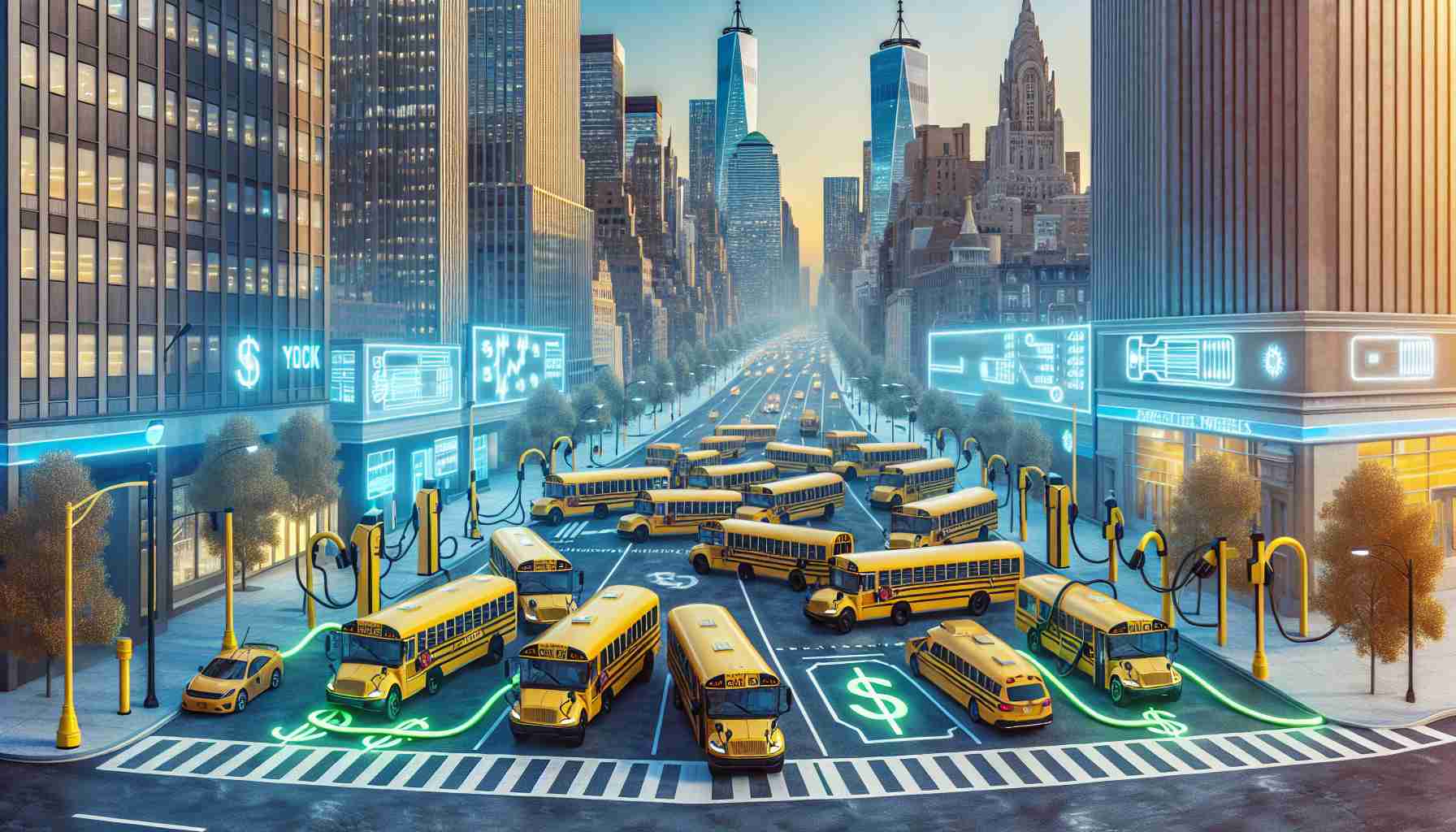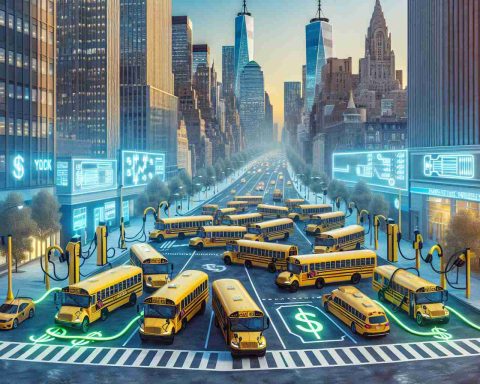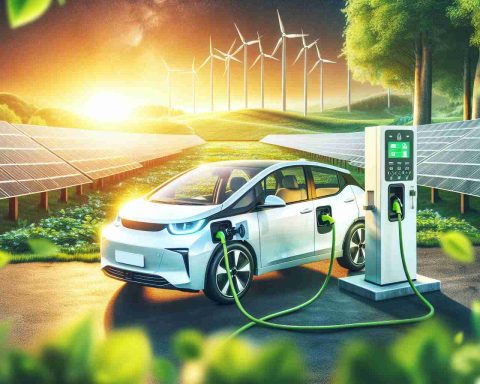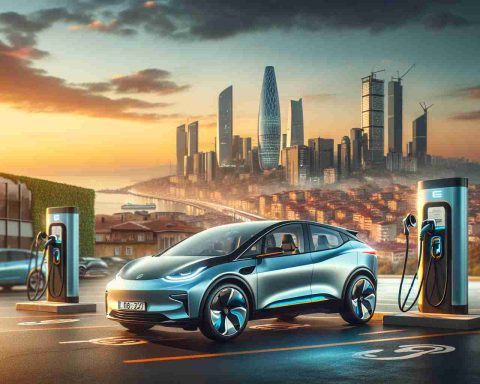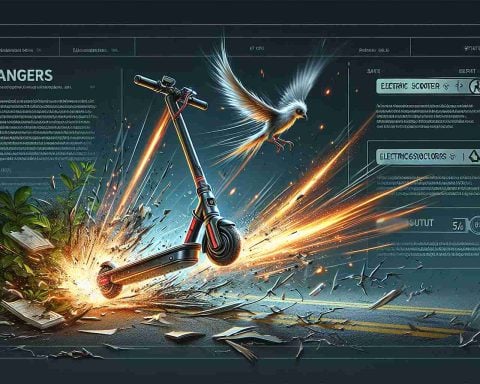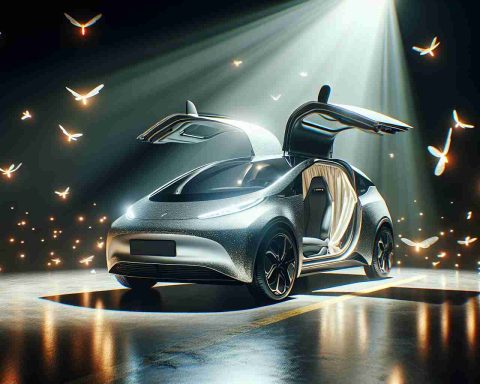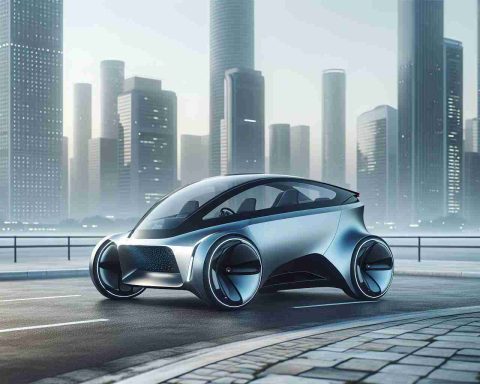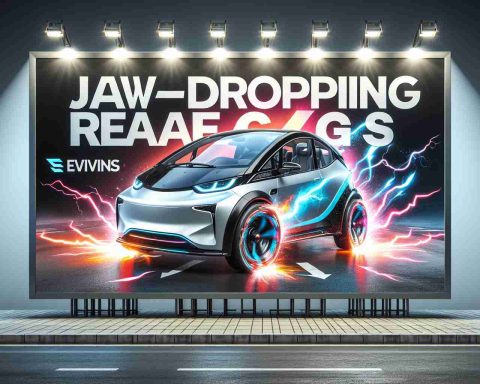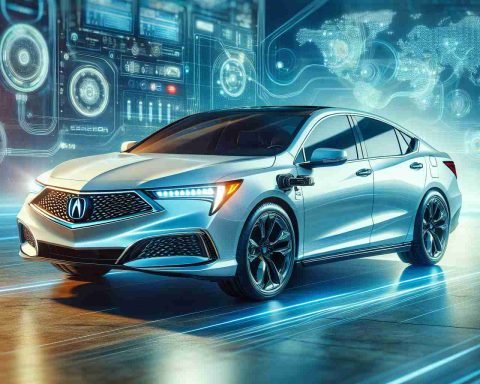- The transition to electric school buses in New York is challenged by high costs, with each bus priced at $400,000, triple the cost of diesel models.
- Infrastructure updates, like enhanced garage spaces and improved electrical networks, are essential for supporting these electric fleets.
- Local districts such as Beacon and Haldane are making efforts to acquire electric buses, utilizing state funding and grants to offset costs.
- Community concerns, including potential tax increases and educational budget cuts, prompt calls for a reassessment of timelines and funding plans.
- Despite challenges, the goal remains to achieve cleaner air and a sustainable future, balancing environmental goals with educational and financial considerations.
- Collaboration and innovation are crucial to navigating the hurdles of electrification while maintaining educational standards.
The engine of change hums with potential, yet in the Highlands of New York, the transition to electric school buses reveals a road fraught with financial and logistical hurdles. As the state embarks on a mandated seven-year journey to replace its diesel fleets with zero-emission vehicles by 2027, questions swirl about the feasibility of such a monumental shift.
Imagine the sticker shock: each electric school bus commands a staggering $400,000 price tag, threefold the cost of their diesel counterparts. This hefty expense sets the stage for a saga where educational priorities jostle against environmental aspirations. The challenge intensifies with the need for enhanced garage spaces and solid electrical infrastructures to support these futuristic fleets.
Amidst this evolving narrative, local districts, like Beacon and Haldane, inch toward greener pastures. Beacon, buoyed by community support, ventures into the electric landscape with two buses, partially funded through state largesse. Meanwhile, Haldane hustles for grants, eyeing the acquisition of four electric chariots to satisfy green mandates.
Elsewhere, the plot thickens as community resistance and budgetary constraints meet the state’s ambitious timeline head-on. Parents and educators, worried about tax hikes and potential educational cutbacks, call for a deliberate pace, urging reevaluation of timelines and funding strategies.
Yet, amidst these concerns, an underlying belief persists: this journey’s end will yield cleaner air and a more sustainable future. The key takeaway? The path to electrification is daunting but necessary. By addressing these challenges collaboratively and creatively, communities can ensure that greener pastures do not come at the expense of educational excellence and fiscal responsibility.
This electrifying pivot asks not just for patience, but for innovative solutions that harmonize environmental imperatives with pragmatic realities. Can New York pave the way? The quest for balance continues.
The Shocking Truth About Electric School Buses: Costs, Challenges, and a Greener Future
How-To Steps & Life Hacks for Navigating the Transition
1. Apply for Grants and Incentives: Research state and federal grants designed to offset the costs of electric school buses. The Environmental Protection Agency (EPA) offers funding opportunities aimed at reducing diesel emissions.
2. Assess Infrastructure Requirements: Conduct an audit of existing facilities to determine upgrades needed for charging infrastructure. Partner with local utilities to explore cost-sharing models.
3. Plan for a Staggered Rollout: Implement a phased approach for bus acquisition to manage costs and evaluate performance before scaling up the fleet.
4. Engage the Community: Host informational sessions to explain the long-term benefits of electric school buses, addressing common concerns about cost and environmental impact.
5. Consider Retrofitting: Explore the possibility of retrofitting existing diesel vehicles as an interim solution while transitioning to a fully electric fleet.
Real-World Use Cases
– Chicago Public Schools: Pioneered electric buses in urban settings, focusing on neighborhoods with higher air pollution rates to improve air quality for students.
– California’s Success: California has been a leader in integrating electric school buses, showcasing reduced emissions and long-term cost savings through operational efficiencies and state funding.
Market Forecasts & Industry Trends
According to market research, the electric bus market is expected to grow at a compound annual growth rate (CAGR) of over 20% by 2027. Key drivers include technological advancements, increasing government regulations on emissions, and the declining costs of lithium-ion batteries (Source: [BloombergNEF]).
Reviews & Comparisons
– Blue Bird Electric Buses: Received high marks for range and durability, with models featuring advanced telematics for fleet management.
– Thomas Built Buses: Known for their extensive dealer network and robust customer support, though slightly higher in upfront costs.
Controversies & Limitations
– High Initial Costs: The upfront investment remains a barrier despite incentives. Educational stakeholders worry about funds being diverted from critical areas.
– Battery Range Anxiety: Concerns about the range of electric buses, especially in rural areas with longer routes, pose a significant challenge.
Features, Specs & Pricing
– Range and Charging: Average range of modern electric school buses is between 100-120 miles on a full charge. Charging infrastructure costs can add an additional $20,000 to $50,000 per station.
– Price: Approximately $400,000 per bus, inclusive of federal and state incentives.
Security & Sustainability
– Battery Disposal: Plans for end-of-life battery disposal and recycling are essential. Collaborating with battery manufacturers that offer buy-back programs can help mitigate environmental impact.
– Cybersecurity: With onboard telematics, ensuring robust cybersecurity measures is crucial to prevent data breaches and ensure student safety.
Insights & Predictions
Experts predict that the cost of electric buses will decrease steadily as technology improves and production scales. Many anticipate that by 2030, electric school buses will be cost-competitive with diesel buses on a total cost of ownership basis.
Pros & Cons Overview
Pros:
– Zero emissions reduce air pollution.
– Lower operating and maintenance costs compared to diesel.
– Positive public perception and community health benefits.
Cons:
– High initial purchase price and infrastructure costs.
– Limited range poses challenges in rural districts.
– Requires significant planning and stakeholder buy-in.
Actionable Recommendations
– Start Small: Pilot electric buses on shorter routes to gather data and refine logistics.
– Leverage Partnerships: Collaborate with private firms for joint infrastructure investments.
– Educate and Train: Implement bus driver training programs focused on electric vehicle operations and safety.
For more information on electric buses and environmental initiatives, visit the Environmental Protection Agency. Also, for insights into vehicle electrification trends and forecasts, refer to BloombergNEF.
By embracing innovative solutions, New York can lead in crafting a future where education and environmental advancements coexist harmoniously. Start planning today for a greener tomorrow!
